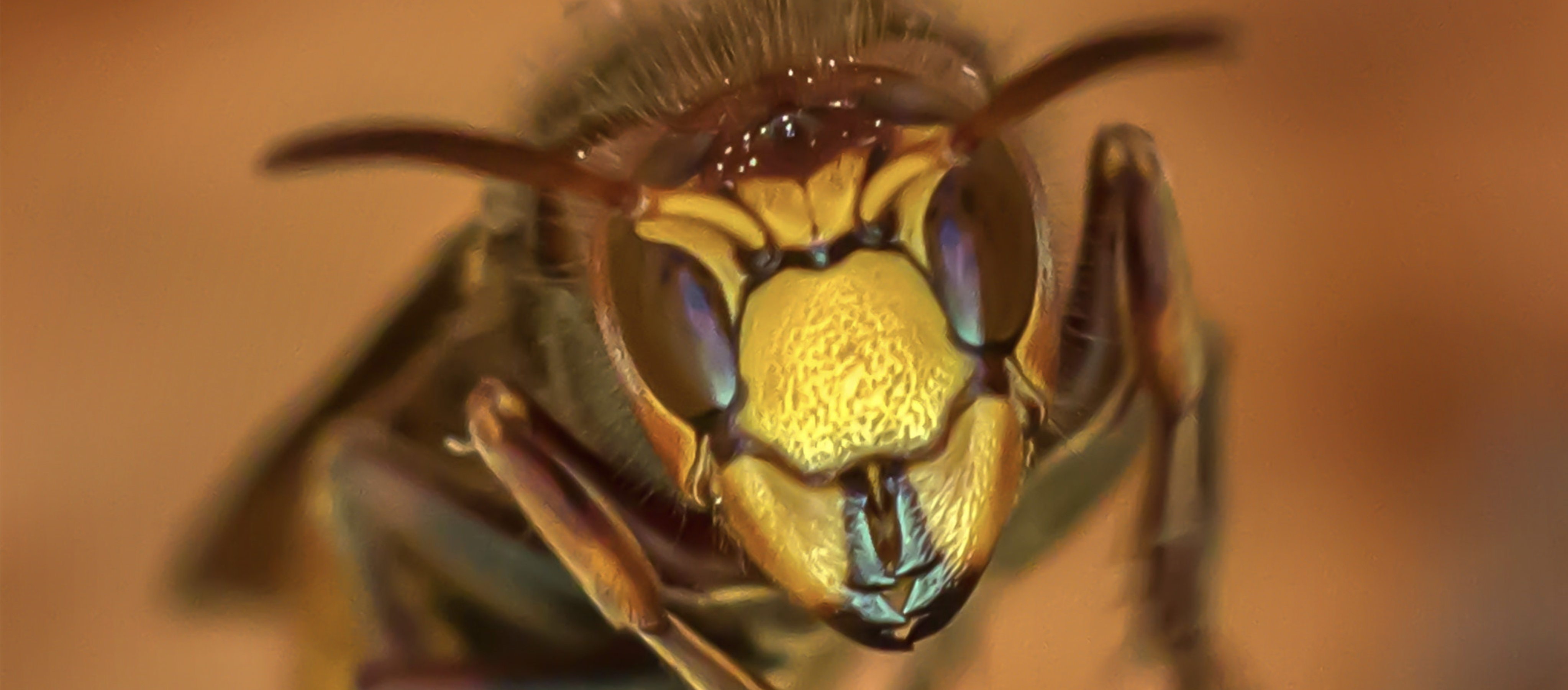Invasive Species: The Hidden Tax You Never Saw Coming
Remember 2019? I, for one, didn’t expect to add “Murder Hornets” to my list of “how’s this year going to play out?” predictions.
In short, Asian Hornets are thought to have hitchhiked their way to U.S. soil on shipping containers, which wouldn’t be such a huge deal if their meal of choice wasn’t other bugs. Their favorite? Bees.
That’s where it officially becomes a problem. Unlike their home in South Asia, our ecosystem has never seen something like murder hornets before and hasn’t evolved defense mechanisms to protect itself.
And it’s not just murder hornets – animals, pests, and plants that migrate cause damage to crops and local wildlife.
The water hyacinth, for example, dominates lakes and rivers, holding up boat routes and causing floods by growing out into a literal dam.
Alright, I know I’m going off about the environment, and you might wonder why, as a financial advisor, I’m talking about this at all.
The truth is that invasive species-related damage costs money, and someone has to pay for it.
Taxes could rise in response to cleanup and restoration efforts, and who foots that bill? That’s you, my friend!
Fortunately, I can help you create a plan that accounts for potentially rising taxes. After all, why should you suffer with less buying power down the road?
If you want help protecting your money, schedule a 15 minute consultation by calling 330 836 7800 EXT. 1 or >>booking a spot on my calendar.<<






